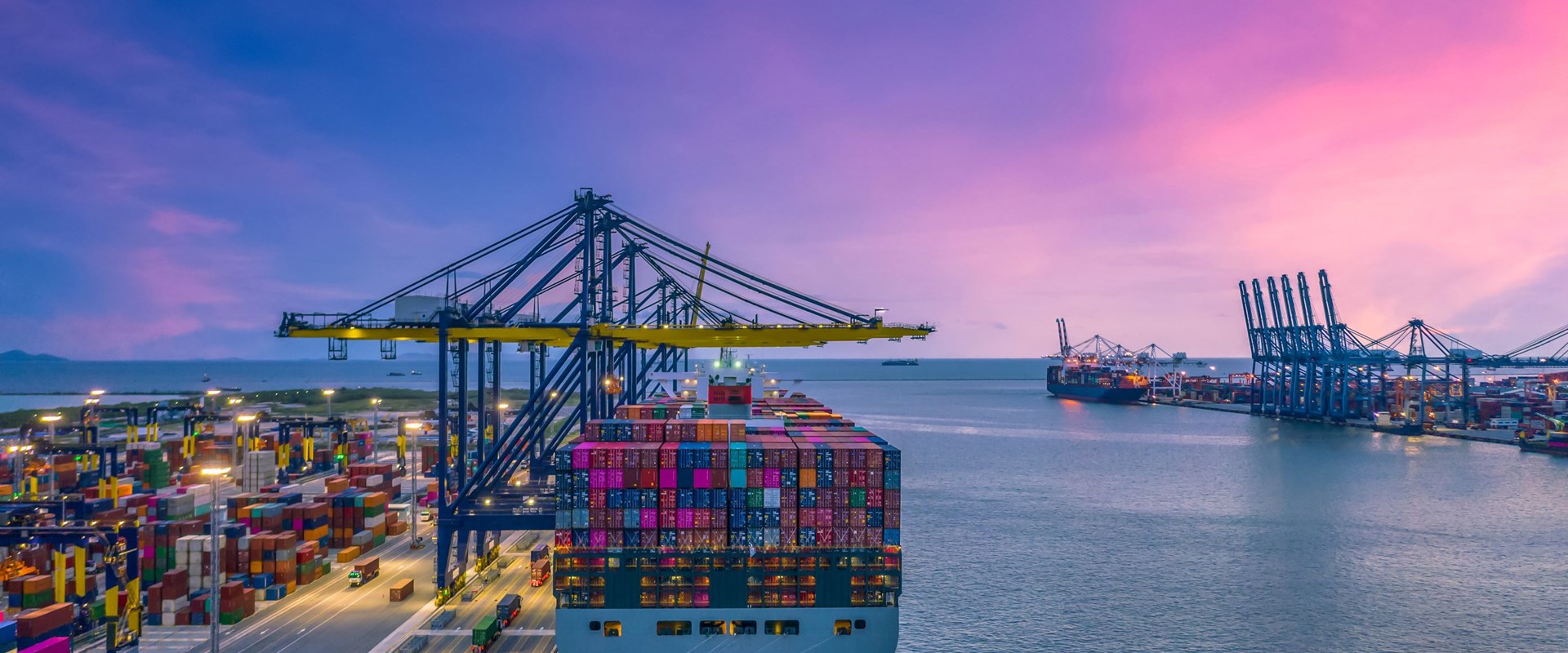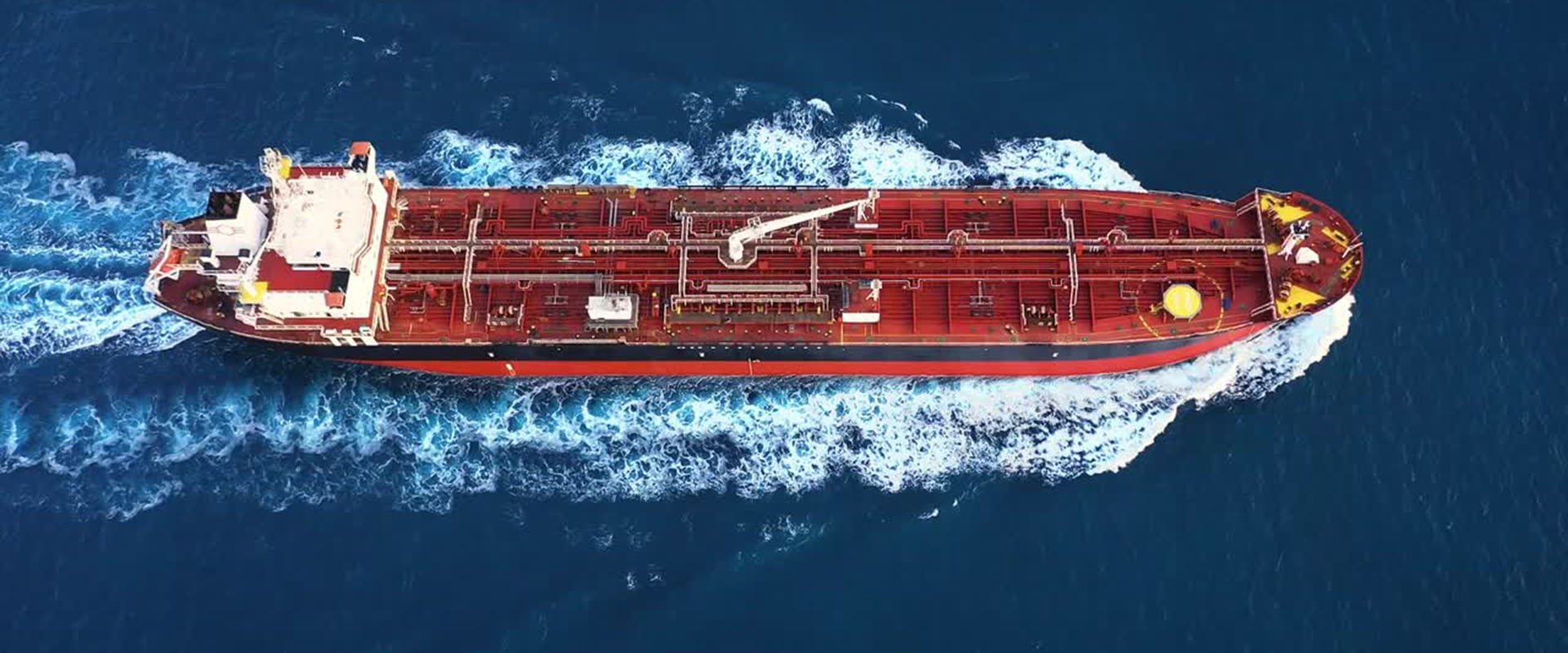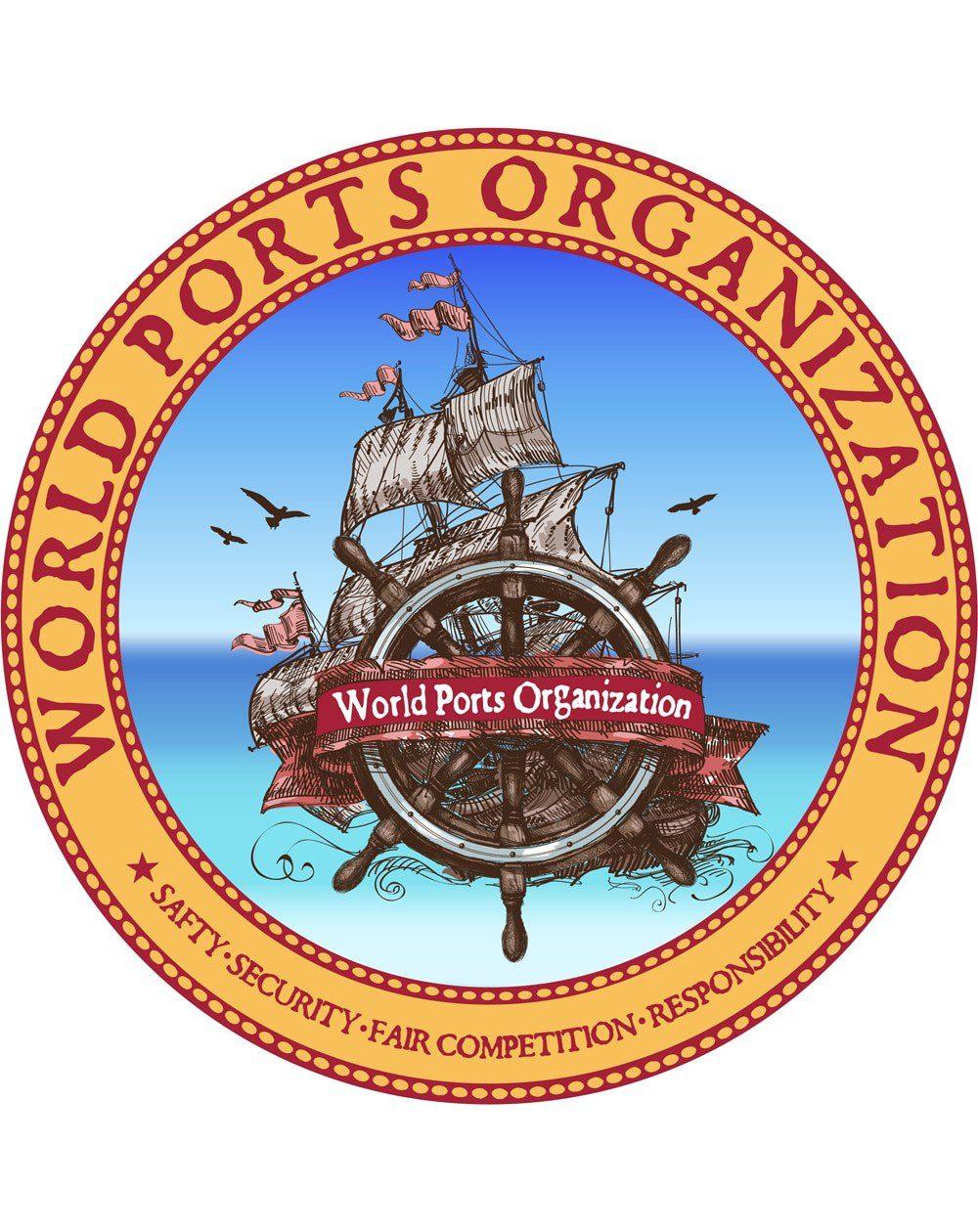The Asian 10 ppm gasoil forward curve flipped back into backwardation and sustained this structure for six consecutive trading sessions, amounting to a week since June 9.
The front of the Asian 10 ppm gasoil curve rose further following the escalating conflict between Israel and Iran, sources said, steepening the backwardation structure of the forward curve.
“[It has] been absolute chaos […] with the flat price swings,” a market participant said June 13, after Israel launched its preemptive strike on Iran — its most aggressive attack yet.
With the forward curve not only flipping but sustaining in backwardation, fears of escalating tensions loom over the market — driving upside risks in middle distillates time spreads.
“As a whole, market participants are concerned over the supply situation, which means the oil market right now is driven by worries over disruptions rather than expectations for higher demand [to fuel war equipment],” iFAST Financial senior portfolio manager You Weiren said June 17.
You also noted waning confidence in either party in the Israel-Iran conflict to show restraint.
“Even as Trump announced his Liberation Day tariffs, the base case assumption underpinning oil markets back then was that both sides wanted to avoid all-out escalation. But the situation is now very different. Instead of de-escalation, Netanyahu has vowed to attack Iran for ‘as long as necessary.’ What was once the worst-case scenario now increasingly looks likely to materialize,” You added.
Demonstrating mid-term strength in the complex, the front-quarter Q3-Q4 time spread surged 46.88% (60 /b) day over day to a near five-month high at $/b at the June 16 Asian close, Platts data showed.
The day-over-day change averaged 12 /b in the previous week, and was last higher at the Jan. 13 Asian close, where the front-quarter time spread jumped $/b day over day to $/b.
Further reflecting an uptick in demand for gasoil, the Platts-assessed front-month Singapore gasoil swap crack against the front-month Dubai swap reached an over 11-month high at $/b at the June 16 Asian close. The crack spread was last higher at the July 3, 2024, Asian close, fetching $/b, data by Platts, part of S&P Global Commodity Insights, showed.
Meanwhile, Platts data showed that the Asian jet /kerosene complex flipped into backwardation and sustained this structure for four consecutive sessions since June 11.
All eyes remain on developments regarding the Iranian nuclear program, the outcomes of which could either further escalate or de-escalate geopolitical tensions, which have heavy implications on global oil supplies.
“All along, Iran believes it cannot deter Israeli aggression without nuclear weapons. Yet, it should be clear by now that every step toward a nuclear bomb in fact invites even more Israeli strikes, and possibly US involvement too, especially if Iran retaliates against the US,” iFAST Financial’s You said.
Iran reportedly informed the US and Israel, via other Arab states, that Tehran is seeking a ceasefire, and is willing to resume discussing its nuclear program without US involvement, late June 16.
“This is a sign of desperation. The only way for the current regime to survive is to cut a deal … If Iran feels it has nothing to lose and decides to retaliate, Iran can target the world’s oil supply chokepoints [through the Strait of Hormuz, Bab el-Mandeb Strait, and the Red Sea, all of which] account for nearly a third of global crude oil trade,” You added.
Source: Platts






